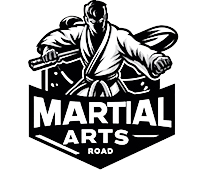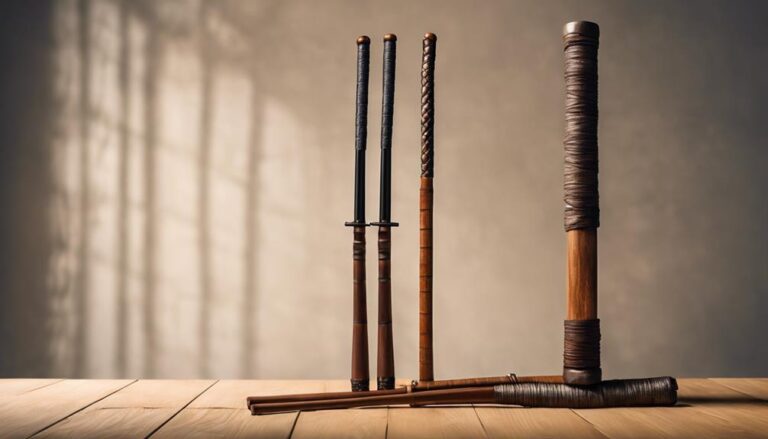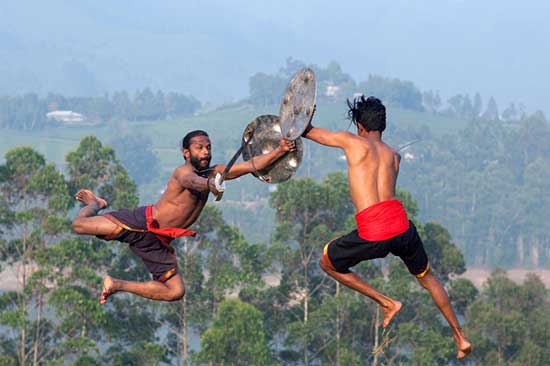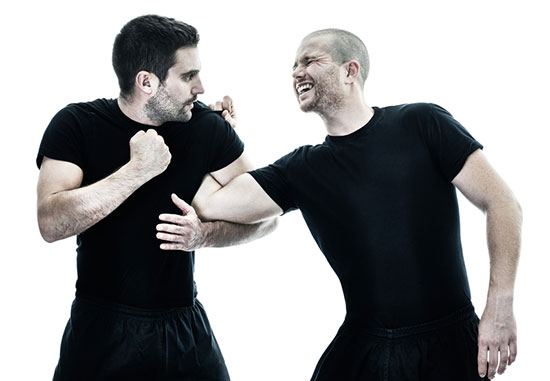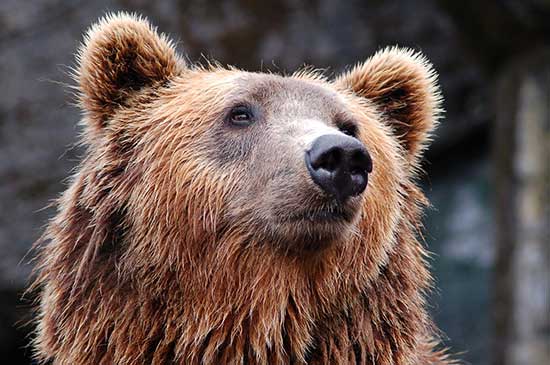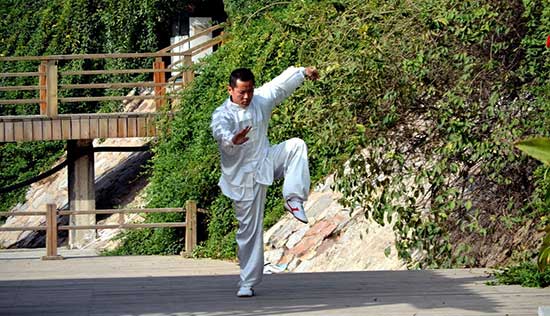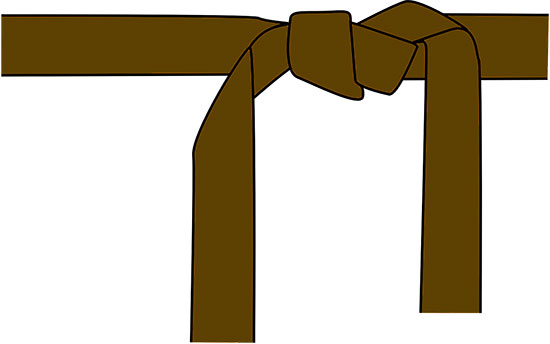Bajiquan is a Chinese martial art that originated in the Shandong province of China. It is known for its explosive, short-range power and its use of elbow strikes and knuckle punches.
The style also incorporates techniques for grappling, joint locks, and pressure point attacks.
Bajiquan is considered an “internal” martial art, meaning that it emphasizes the cultivation of internal energy (qi) and the coordination of the body’s movements with the breath.
Wing Chun is a Chinese martial art that originated in southern China. It is known for its close-range combat techniques, its use of economy of movement, and its simultaneous defense and attack.
The style also incorporates techniques for grappling, joint locks, and pressure point attacks. Wing Chun emphasizes the use of the centerline, which is the imaginary line running down the center of the body, as a way to control the opponent’s movements and strike at vulnerable areas.
Wing Chun is considered a “soft” martial art, meaning that it uses the opponent’s force and energy against them, rather than relying on brute strength.
Wing Chun is also known for being the style Bruce Lee trained in before he created Jeet Kune Do.
Contents
Differences between Bajiquan and Wing Chun
Although they Have Kung Fu at their base, there are some important differences
Techniques
With its elbow strikes and knuckle punches, Bajiquan is known for its explosive, short-range power.
Close-range combat techniques, the economy of movement, and simultaneous defense and attack are the hallmarks of Wing Chun.
Focus
Bajiquan’s focus is on developing the power of the body and the ability to strike quickly and effectively.
Wing Chun’s focus is on the use of the centerline, which is the imaginary line running down the center of the body, as a way to control the opponent’s movements and strike at vulnerable areas.
Historical figures
Bajiquan is also associated with a military background, it is said to have been created by a general during the Ming dynasty.
Wing Chun is associated with a woman, Yim Wing-Chun, who is said to have developed the style in order to defend herself against unwanted advances.
Training methods
Bajiquan often uses rigorous physical training methods such as practicing with heavy weights and sandbags to build strength and power.
Wing Chun, on the other hand, places more importance on drills and forms to develop proper technique and body mechanics.
Forms and Kata
Bajiquan is known for its short and direct forms, which often consist of only a few movements that are repeated many times.
Wing Chun has several forms such as Siu Nim Tao, Chum Kiu, and Biu Ji, which are longer and more complex. Wing Chun forms are designed to teach practitioners how to flow with the movement, and how to use body mechanics to generate power.
Footwork
Bajiquan uses a wide, stable stance and emphasizes power generation through the lower body, while Wing Chun uses a more narrow, mobile stance and emphasizes footwork and movement to evade and control the opponent.
Range of fighting
Bajiquan is mainly a close-range fighting style, with a focus on striking and grappling techniques. Wing Chun also includes long-range fighting techniques such as kicks and punches at a distance, and it also uses the centerline theory to control the opponent.
Use of Weapons
Bajiquan is also known for its use of weapons such as the straight sword and the spear. Wing Chun, on the other hand, doesn’t have a strong emphasis on weapons training.
| Feature | Bajiquan | Wing Chun |
|---|---|---|
| Origin | Northern China | Southern China |
| Philosophy | Focuses on explosive power | Emphasizes efficiency and speed |
| Techniques | Quick and powerful strikes | Short-range strikes and traps |
| Stances | Wide and low | Narrow and upright |
| Footwork | Linear movements | Circular movements |
| Defense | Blocks with arms and legs | Intercepting and redirecting |
| Training | Intense physical conditioning | Emphasis on repetition and drills |
| Application | Offensive and defensive capabilities | Self-defense in close quarters |
| Weaponry | Techniques for spear and staff | No specific focus on weaponry |
| Notable Practitioners | Wu Zhong (founder), Liu Yun-Qiao | Yip Man (teacher of Bruce Lee) |
Similarities
Bajiquan and Wing Chun do share some similarities as well:
- Both styles are Chinese martial arts with a long history and tradition.
- Both emphasize the use of the whole body in movements and the coordination of breath and movement.
- Bajiquan and Wing Chun use circular and flexible movements, rather than linear and rigid movements.
- Both styles use the opponent’s force and energy against them, rather than relying on brute strength.
- Both use techniques for grappling, joint locks, and pressure point attacks.
- Both are also known for their efficiency in close-range combat and self-defense.
- Both styles have a strong emphasis on the cultivation of internal energy and the overall development of the practitioner’s physical and mental well-being.
Conclusion
If you are looking for a martial art that focuses on power and close-range combat, Bajiquan may be a good choice for you.
If you are looking for a martial art that puts more attention on speed, precision, and efficient movement, Wing Chun may be a better fit.
It is also important to consider the availability of schools and instructors in your area, as well as the overall culture and atmosphere of the school, before making a final decision. Here, Wing Chun has the upper hand since its more spread than Bajiquan.
Ultimately, the best martial art for you is one that you enjoy practicing and that aligns with your goals and preferences. Try to learn both of them to see what fighting style is comfortable for you.
